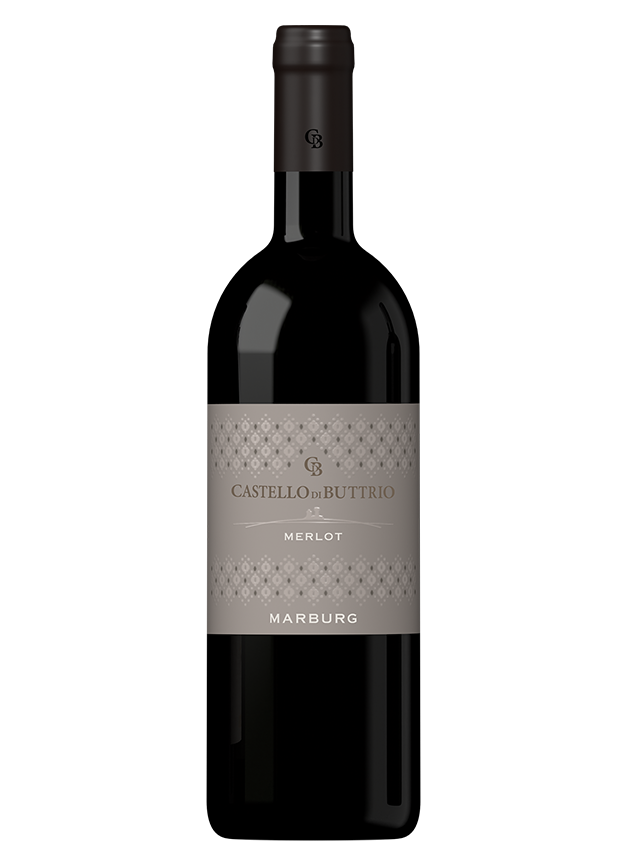MarburgMerlot 

MarburgMerlot
The Merlot story in Friuli started towards the end of the 19th century when the variety found an ideal habitat in Friuli Venezia Giulia’s Hills.
It takes its name, which may refer to the blackbird, from the dark blue colour of its berries. Merlot’s clusters recall the blackbird’s plumage and blackbirds are also particularly fond of the vine’s thin-skinned berries. The nose unveils vibrant aromas of blueberry and raspberry-led berry fruits that lead into a fine-textured mouthfeel.
Provenance of grapes:
From the vineyards of Castello di Buttrio
Soil:
Alternate layers of marl and sandstone of eocene origin, known as “ponca” in Friulian
Vineyard sites:
Hillslopes, terraced for improved vineyard management
Site climate:
The location in the hills at Castello di Buttrio, 142 metres above sea level, ensures perfect air circulation and the ideal range of day-night temperatures at harvest time brings the grapes to optimal ripeness
Age of vines:
20-40 years
Training system:
Guyot
Vineyard management:
Integrated low environmental impact management encourages the grapes to express the territory
Harvest period:
Decided on the basis of phenolic and aromatic ripeness monitored by laboratory tests and grape tasting
Vinification:
The grapes are destemmed and crushed. Maceration takes place in stainless steel tanks for 2-3 weeks with periodic pump-overs. After maceration, the wine is devatted and malolactic fermentation is completed
Maturation:
For 10-11 months, part in stainless steel tanks and part in mid toasted small oak casks used for the second time
Release to market:
20-24 months after the harvest
Sensory profile:
Appearance: Deep red
Nose: Raspberry, blackberry and black cherry-like forest fruits mingle on the nose with understated spiciness
Palate: A plush wine with no rough edges, well-structured and nicely poised
Nose: Raspberry, blackberry and black cherry-like forest fruits mingle on the nose with understated spiciness
Palate: A plush wine with no rough edges, well-structured and nicely poised
Food matchings:
A wine that complements a range of foods, from pasta and barley and beans with shin of pork to bean and sauerkraut jota soup. Lovely with stewed rabbit, guinea fowl, hen or goose and boiled meats. Equally tempting with Grado-style fish stew, fat-rich fish or savoury tomato-based fish soups and even stewed eel
Serving temperature:
16° – 18° C